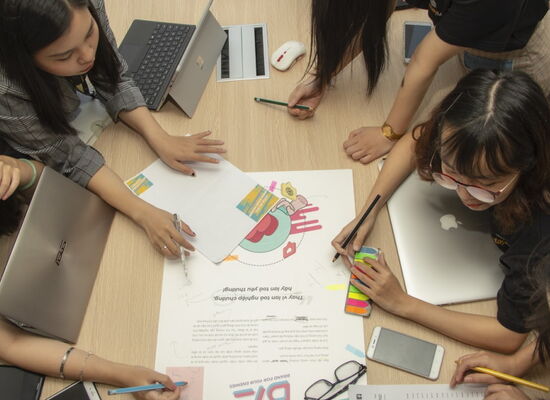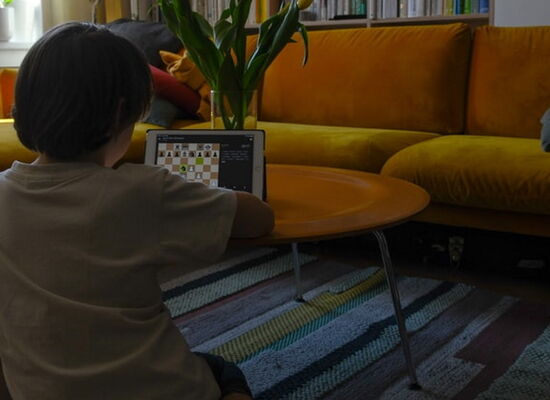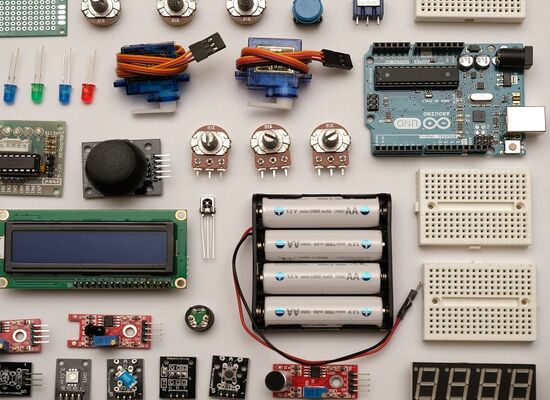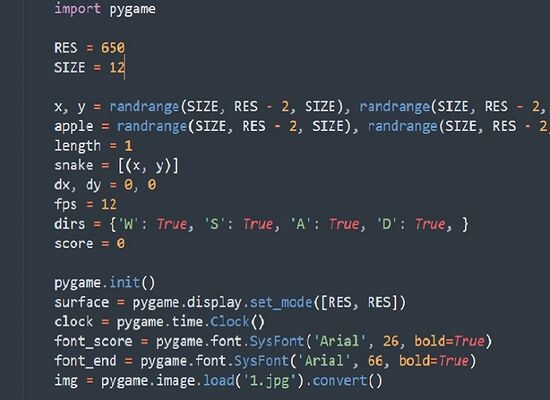How to make remote learning more engaging
12 October, 2020
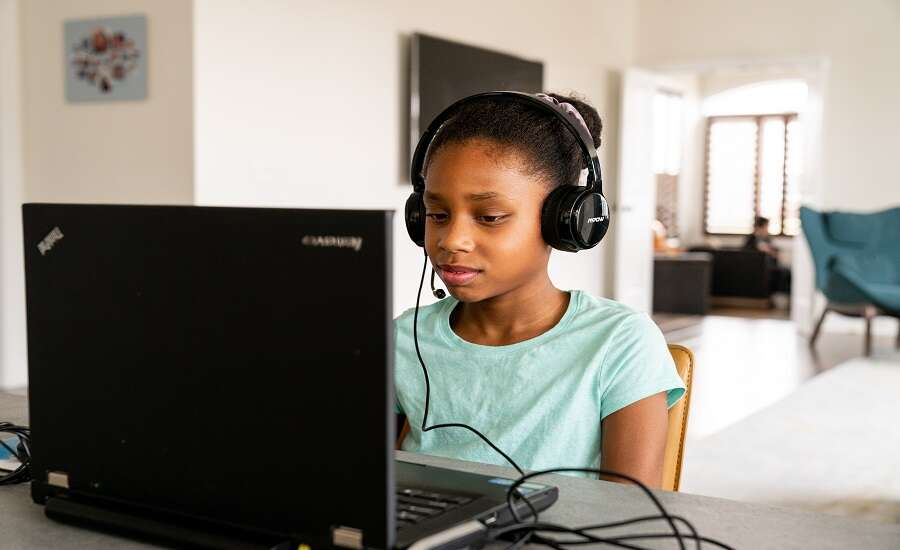
How can you make remote learning more engaging for your child?
- Create the optimal remote learning environment, with their own desk and organisational space – it will help them (and you!) to stay sane
- Kids have short attention spans. Design remote learning and home-schooling activities accordingly
- Stick to the normal school schedule as much as possible, and make time for socialising with their friends
- Use technology to make your child’s remote learning more engaging, for example quizzes, videos, and games
- Incorporate as many active learning activities as possible – recreate gym or art class at home, and encourage project work with siblings or friends
How to make remote learning more engaging

When schooltime and home-time blur into one, things can get tricky. And there is no point denying it – remote learning and home-schooling cannot compete with an in-person school day. The lack of interaction with friends makes learning less appealing, and attention spans stray even more than in real-life classes. So how can you make remote learning more engaging and successful for your child, and design your own home-schooling activities?
Create the optimal remote learning environment

Give your child their own workspace to mark the boundaries between ‘at school’ and ‘at home’. They know it’s time to work when they sit at their ‘school’ desk, and can more easily switch off for breaks if they’re not sat at the same table for lessons and mealtimes. Make sure your kids know how to work their online learning platforms, and be on hand to help out. This will make their remote learning more engaging, as once their lesson begins, they can focus on participating rather than getting frustrated and distracted. Teaching younger kids to type can also be very useful.
On the subject of distraction, devices should be kept in another room during lesson times. Kids are so used to multitasking on their phones – switching back and forth between different apps without skipping a beat, scrolling through their phones even while watching TV – that it becomes second nature to absentmindedly reach for a device.
It’s easier said than done, but organisation is key. Your child should have their own shelf or box to keep their schoolwork in, replicating their school locker. When it’s time for class, they won’t be tearing apart their bedroom, the kitchen table, and your work desk in a frantic search for today’s assignment. This will also encourage them to take some responsibility for their own belongings, leaving you one less task to tackle!
Remember that attention spans vary

According to childhood development experts, a child’s attention span lasts around 2-3 minutes per year of their age. So, a four year old has an attention span of 8-12 minutes, a ten year old 20-30 minutes and so on… When designing your own home-schooling activities or helping your kids with remote learning, you should bear this in mind. Frequent breaks and active rather than passive activities are key.
Set schedules

Being at school is structured, as kids move from one lesson to another, from break to lunch, with clear boundaries between different parts of the day. This structured element can be lost when kids are doing remote learning or home-schooling. You should try and mimic their typical school schedule, for example with break, lunch, afternoon snack… Set up a whiteboard with your child’s schedule on it, and let them get involved in writing down their timetable for the next day. Doing this can help them understand that studying at home ≠ free time, and make their remote learning schedule more engaging.
Schedule time in for social interactions

Half the fun of school is being around your friends, and kids have been deprived of this opportunity by the pandemic. Whether you arrange a playdate, an extracurricular learning pod, or a virtual hangout for your child and their friends, some social time is crucial for their development and mental health.
Incorporate active learning activities
Learning from home has its perks - children with different learning styles, for example kinaesthetic learners, can study in a format more suitable for them. Whether this means reading aloud to practice their English, making up songs to remember their multiplication tables, or acting out a scene from their history textbook, there’s no need to sit in silence to learn.
Many of the most engaging lessons, such as music, gym, art, or home economics class, cannot easily be recreated through a screen. However, these classes should not fall by the wayside. Take your kids to the park to play football, do some drawing or painting, or bake a cake – learning through fun is still learning. And if your child finds a passion with these activities, then they can join an extracurricular club or take private classes.
If your child can do some subject-based projects, it will allow them to develop their knowledge in a practical way. Create a restaurant evening at home (complete with a fancy menu) when they’re practising creative writing in English class and learning about healthy eating in science class. Or design their own flower garden when they’re studying plants in biology and area calculations in maths. For more subject-related activities, check out our article on extracurricular activities which enhance children’s remote learning experience.
Make use of technology

Use a platform like Quizlet to design interactive quizzes to test your child’s knowledge. These platforms are good for all school subjects, and are infinitely more interesting than just reading off a worksheet. Alternatively, encourage your child and their friends to make their own educational quizzes! Zoom quizzes brightened many an evening during lockdown, and they are just as suitable for school subjects as for a virtual pub quiz.
The internet can be a wonderful place. If your child is finding their classes boring and confusing, don’t despair. You’re almost certain to find other teaching materials, YouTube tutorials, or educational games or videos which can help them, and make remote learning more engaging.
Thanks for reading this article and if you have any questions or comments on this topic or coding and STEM in general, please feel free to contact us.
Photos by Domenico Loia, Hannah Rodrigo, Em M., Patrick Fore, and Jessica Lewis on Unsplash
